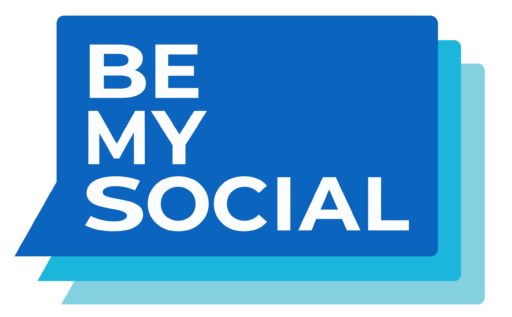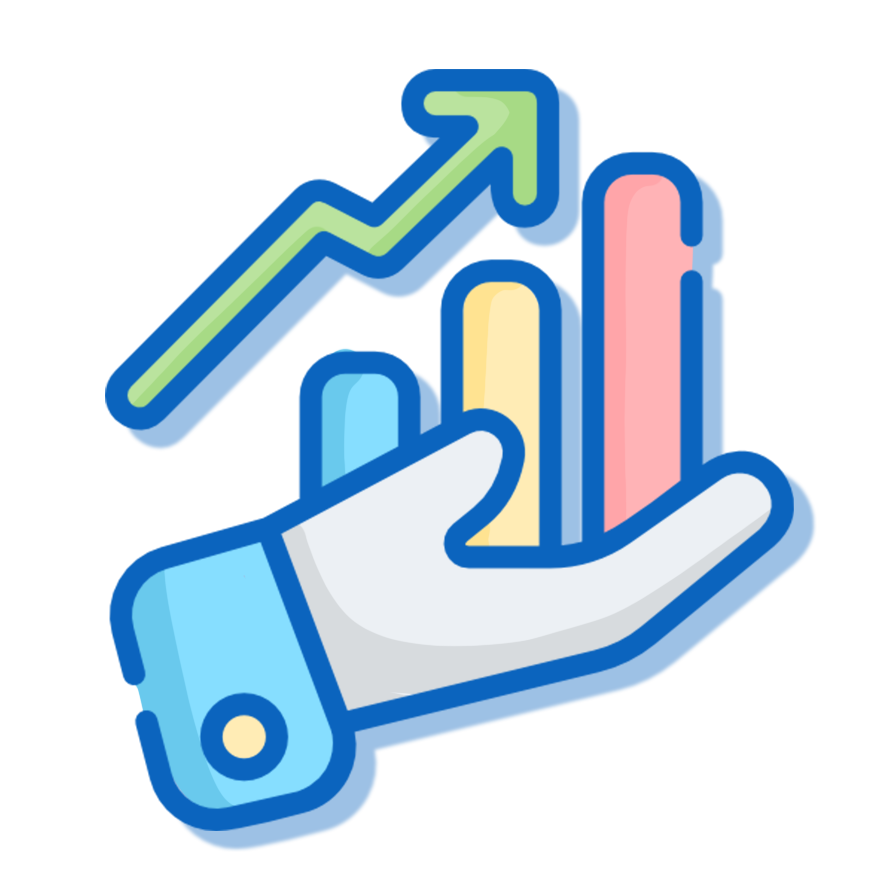Introduction to LinkedIn: Navigating Professional Networking
LinkedIn stands as a cornerstone in the realm of professional networking, offering a unique platform that blends the features of a social network with the rigorous demands of the professional world. Launched in 2003 by Reid Hoffman and a team of co-founders including Allen Blue, Konstantin Guericke, Eric Ly, and Jean-Luc Vaillant, LinkedIn was envisioned as a space for professionals to connect, share, and discover opportunities.
What is LinkedIn?
At its core, LinkedIn serves as a dynamic professional network where over 700 million users worldwide come to establish professional identities and build meaningful connections. It’s more than just a resume repository; it’s a rich community of professionals sharing insights, news, and opportunities. From new graduates to seasoned industry leaders, LinkedIn facilitates a spectrum of professional interactions that are pivotal for career development.
Why LinkedIn Matters for Your Career
Understanding the impact of LinkedIn is crucial for anyone looking to advance their professional life. Whether it’s networking for a job, seeking new partnerships, or staying updated with industry trends, LinkedIn provides an essential toolkit for career growth. This article will delve into the mechanisms of creating an effective LinkedIn profile, the nuances of networking, and strategies to maximise job search efforts on the platform.
By the end of this guide, you’ll have a comprehensive understanding of how to navigate LinkedIn effectively, ensuring your online presence is both compelling and professionally rewarding.
The Genesis and Evolution of LinkedIn
LinkedIn was founded by Reid Hoffman and his team of co-founders in December 2002 and officially launched on May 5, 2003. The platform was one of the first to combine aspects of social networking with career development, focusing on professional and business connections rather than social friendships. Over the years, LinkedIn has expanded its services to include job listings, a robust content publishing platform, professional skill development courses, and various tools for business marketing and talent acquisition (National Careers Service).
Key Statistics and User Demographics
Today, LinkedIn operates globally with over 800 million registered users spread across more than 200 countries and territories. It’s particularly popular among job seekers, recruiters, and professionals looking to establish or enhance their career presence online. The platform’s user base is diverse, covering a wide range of industries, including technology, finance, pharmaceuticals, and more.
- User Base: As of the last update, LinkedIn boasts over 800 million members worldwide.
- Professional Engagement: Over 40 million people search for jobs on LinkedIn each week, and three people are hired through LinkedIn every minute.
- Content Sharing: LinkedIn users also engage heavily with content, with millions of posts, videos, and articles shared weekly.
These statistics highlight LinkedIn’s pivotal role in the professional world, offering unparalleled access to career opportunities, industry insights, and professional networking. Whether you are starting your career, looking to advance, or exploring new industries, LinkedIn serves as an essential tool in your professional toolkit.
Creating a Powerful LinkedIn Profile
Crafting a powerful LinkedIn profile is a critical step in leveraging the platform’s potential for professional growth. A standout profile not only increases your visibility but also makes a compelling case to potential employers, collaborators, and partners about your professional capabilities.
Importance of a Professional Profile Picture and Headline
Profile Picture: Your LinkedIn profile picture acts as your first impression in the digital professional world. It should be a recent, professional-looking photo where your face is clearly visible, set against a simple, uncluttered background. A good profile picture can significantly increase the likelihood of your profile being noticed by others
Headline: Your headline is crucial as it sits right next to your name on your profile, in search results, and wherever you post or comment across the site. It should not only state your current position and company but also reflect your professional aspirations or core skills. This helps in catching the attention of recruiters and others who may be looking for skills or experts in a particular area
Crafting an Engaging and Effective Summary
Your summary section is your opportunity to tell your professional story. Unlike a resume, which is often just a bullet list of your achievements, your LinkedIn summary allows you to weave a more compelling narrative about who you are, what you’ve accomplished, and your future goals. Here are some key points to consider:
- Target Your Audience: Clearly define who you want reading your summary—whether they’re potential employers, colleagues, or industry peers—and tailor your message accordingly.
- Be Authentic and Concise: While it’s important to be thorough, keeping your summary concise and to the point is crucial. An ideal summary length is about three to five short paragraphs, making sure to break up text for easy reading.
- Showcase Your Personality: Let your individuality shine through by incorporating a bit of your personal professional ethos or style, which can help you stand out from the crowd (TopCV).
Listing Education and Work Experience
Education: Your LinkedIn profile should include a detailed education section, similar to a CV. List all relevant degrees and certifications, along with any honours or special recognitions you’ve received. If you’re a recent graduate, you can also include major academic projects or leadership roles in student organisations which are pertinent to your professional goals.
Work Experience: When adding work experience, focus not just on job titles and responsibilities but on achievements and impact. Use active language and consider incorporating quantifiable results to demonstrate how you’ve contributed to organisations. This could include metrics like sales targets met, processes improved, or successful project outcomes. Always link your experiences to the skills that are most in demand in your field to enhance your profile’s relevance and attractiveness to recruiters
Crafting a LinkedIn profile with these elements will not only help you to effectively showcase your professional background but also enhance your ability to connect with the right opportunities and networks on LinkedIn.
Networking on LinkedIn
Networking is a fundamental aspect of career development, and LinkedIn provides a robust platform to connect with industry professionals and expand your professional network. Here are strategies and tips to effectively network on LinkedIn.
Building Connections and Starting Conversations
- Start with Who You Know: Begin by connecting with people you already know including former colleagues, classmates, and industry contacts. Personalised connection requests where you remind the person how you met or why you wish to connect can increase your success rate.
- Engage Actively: Don’t just connect and forget. Engage with your connections by liking, commenting, and sharing their posts. This keeps you visible in your network and helps maintain and strengthen your connections over time.
- Utilise Introductions: If you are looking to connect with someone you don’t know, see if you have any mutual connections who can introduce you. This approach is less direct than cold contacting and can often feel more natural and welcome.
- Leverage LinkedIn’s Alumni Tool: Use the Alumni search tool to connect with fellow graduates who might be working in your field of interest. This shared background can make initial conversations more natural and productive
Importance of Joining Groups and Following Companies
- Join Relevant LinkedIn Groups: Participate in groups related to your industry or interests. This is a great way to meet new professionals, share content, join discussions, and even find job opportunities. Being active in these groups can significantly increase your visibility and establish you as an engaged member of your professional community.
- Follow Companies: By following companies on LinkedIn, you can stay updated with the latest news, developments, and job openings. This information can be valuable during job applications or interviews as it demonstrates your interest and knowledge about the company
- Engage with Content: When companies post updates, engage with this content by liking, commenting, or sharing. This not only shows your interest but also increases your visibility to the company’s recruiters who often monitor engagement on their posts.
These networking strategies on LinkedIn can help you to not only expand your professional network but also to position yourself strategically within your industry. Regular interaction and staying informed about your industry’s latest trends and opportunities are key components of successful networking.
Using LinkedIn for Job Searches
LinkedIn’s job search functionality is a powerful tool for anyone looking to advance their career. Understanding how to use it effectively can significantly enhance your job search efforts.
Utilising LinkedIn’s Job Search Functionalities
- Keyword Optimization: Before you start your job search, ensure your profile is optimised with relevant keywords. These should reflect your skills and the roles you are targeting. This helps in appearing in recruiter searches.
- Set Job Alerts: LinkedIn allows you to set up job alerts for specific companies or job titles. This way, you receive notifications as soon as relevant job postings are made, enabling you to apply early.
- Easy Apply Feature: Use the LinkedIn Easy Apply feature, which allows you to apply for jobs quickly using your LinkedIn profile as your resume. Make sure your profile is detailed and up-to-date to make the most of this feature.
- Research Companies: LinkedIn provides extensive company pages that offer valuable insights. Follow companies you’re interested in to stay informed about their latest news and job postings
The Role of Keywords in Enhancing Visibility
Using the right keywords throughout your LinkedIn profile, especially in the headline, summary, and skills sections, can significantly increase your visibility to recruiters. Recruiters often search for candidates using specific job-related keywords, so including these can help ensure your profile comes up in their searches
Enhancing Visibility and Credibility
Being visible and credible on LinkedIn goes a long way in helping you leverage your professional network for career opportunities.
The Role of Endorsements and Recommendations
- Gather Endorsements: Skills endorsements from colleagues, clients, and former employers enhance your profile’s credibility. They validate your expertise and make your profile more appealing to recruiters.
- Seek Recommendations: Recommendations are personal testimonials written to illustrate the experience of working with you. These are highly valuable as they add a level of trust and authenticity to your profile
Regular Activity on LinkedIn
- Share Relevant Content: Sharing articles, news, and professional content not only keeps your profile active but also positions you as a thought leader in your field. This activity can attract more connections and potential job opportunities.
- Engage with Others: Commenting on posts and participating in discussions can increase your visibility. This shows you are active and engaged in your industry, which can be attractive to recruiters looking for proactive candidates
By integrating these strategies into your LinkedIn usage, you can effectively enhance your job search and professional online presence, making you a more attractive candidate to potential employers and recruiters.
LinkedIn’s Importance to Recruiters
LinkedIn has become an indispensable tool in the recruiter’s toolkit, with over 90% of recruiters regularly using the platform to source candidates. This high usage underscores LinkedIn’s critical role in modern recruitment practices.
Why Recruiters Prefer LinkedIn
- Extensive Reach: LinkedIn provides access to a vast pool of candidates, from entry-level to executives, across all industries. This extensive reach makes it easier for recruiters to find the perfect match for job openings.
- Detailed Profiles: Unlike traditional resumes, LinkedIn profiles offer recruiters a more comprehensive view of potential candidates, including their skills, endorsements, and even recommendations from others. This level of detail helps recruiters make informed decisions.
- Advanced Search Capabilities: LinkedIn’s search tools allow recruiters to filter candidates based on specific criteria such as location, industry, past companies, and even specific skills and educational backgrounds.
- Efficiency: LinkedIn’s features like InMail, job postings, and LinkedIn Easy Apply streamline the recruitment process, making it faster and more efficient for both recruiters and job seekers (Ambition).
Best Practices and Common Mistakes on LinkedIn
Maintaining a professional and engaging LinkedIn profile is crucial, but there are common pitfalls that can undermine your efforts to connect with recruiters or potential employers.
Best Practices to Follow
- Keep Information Current: Always ensure that your profile is up-to-date with your latest job roles, skills, and achievements. Outdated information can create a poor impression and cause missed opportunities.
- Professionalism in Communication: Always maintain a professional tone in all communications on LinkedIn, including posts, comments, and messages. This reflects on your professional image.
- Regular Activity: Stay active by sharing relevant industry content, participating in discussions, and updating your profile with new achievements. This keeps your profile visible and engaging.
Common Mistakes to Avoid
- Unprofessional Profile Photos: A professional profile photo is crucial; avoid casual or inappropriate photos as they can create an unfavourable impression.
- Overusing Buzzwords: While it’s important to include keywords, overusing buzzwords can make your profile seem insincere. Be genuine in how you describe your skills and experiences.
- Neglecting Privacy Settings: Be aware of your privacy settings to control what is visible on your profile and to whom. This helps manage how you share information on the platform.
By understanding these best practices and common mistakes, you can optimise your LinkedIn profile to attract the right attention from recruiters and make meaningful connections that advance your career.
Conclusion: Maximising Your Professional Impact with LinkedIn
LinkedIn has evolved beyond a simple professional networking site into an essential tool for career development, offering vast opportunities for networking, job searching, and personal branding. As we’ve explored, creating a robust LinkedIn profile, engaging actively within the network, and utilising the platform’s job search functionalities can significantly enhance your visibility and attractiveness to potential employers and recruiters.
Let BeMySocial Elevate Your LinkedIn Presence
Are you ready to unlock the full potential of your professional profile on LinkedIn? Let BeMySocial help you shine in the digital professional world. With our expertise in social media management and personal branding, we can guide you through optimising your LinkedIn profile, crafting engaging content, and building a network that opens doors to new career opportunities. Don’t let your LinkedIn profile be just another one in the crowd. Contact BeMySocial today, and let’s make your professional presence as impactful as possible!


































